Serendip is an independent site partnering with faculty at multiple colleges and universities around the world. Happy exploring!
Ambiguous Figures
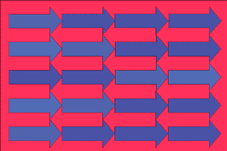 |
"Reality": Construction,
|
 |
| Ambiguous figures have long fascinated artists, children, and others who enjoy surprises. But ambiguity is not only the province of the artist or the enjoyer of novelty. It is present and has significance throughout all of life. All inputs to the brain, whether man-made or natural, are, to one degree or another ambiguous in the sense of allowing for multiple interpretations. All input is ambiguous and what we see is always only one of many possible constructions that can be made from that input. On this page are several illustrations where the ambiguity of input is particularly striking, including both images by artists and photographs. Click on the images to see larger versions, and practice noticing that input always has multiple interpretations. The two bottom images link to animations. An animation associated with the cube in the lower left may help give you a more direct feeling for the brain actively switching between alternative interpretations. An animation associated with the construction sign illustrates that ambiguous figures have more than two interpretations, and links to an interactive exhibit you can use to further develop your skill at seeing multiple different interpretations. Additional examples of ambiguous figures elsewhere on the web are linked below. |
|
|
|

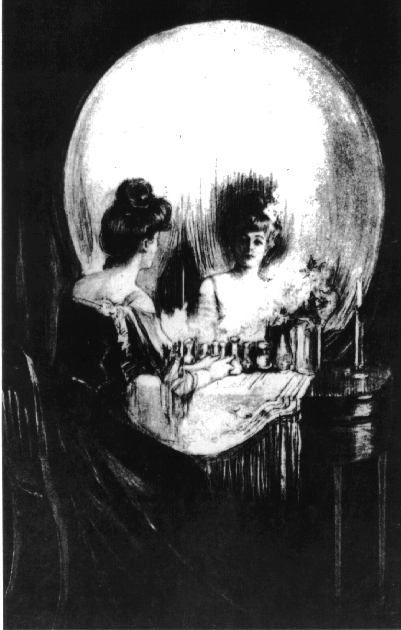
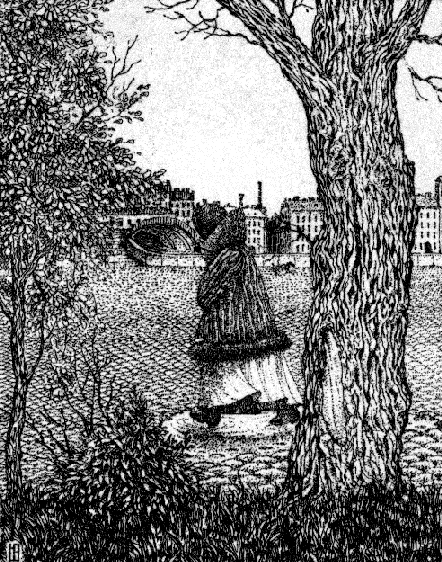
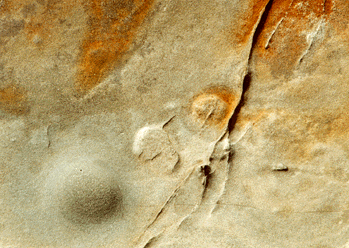
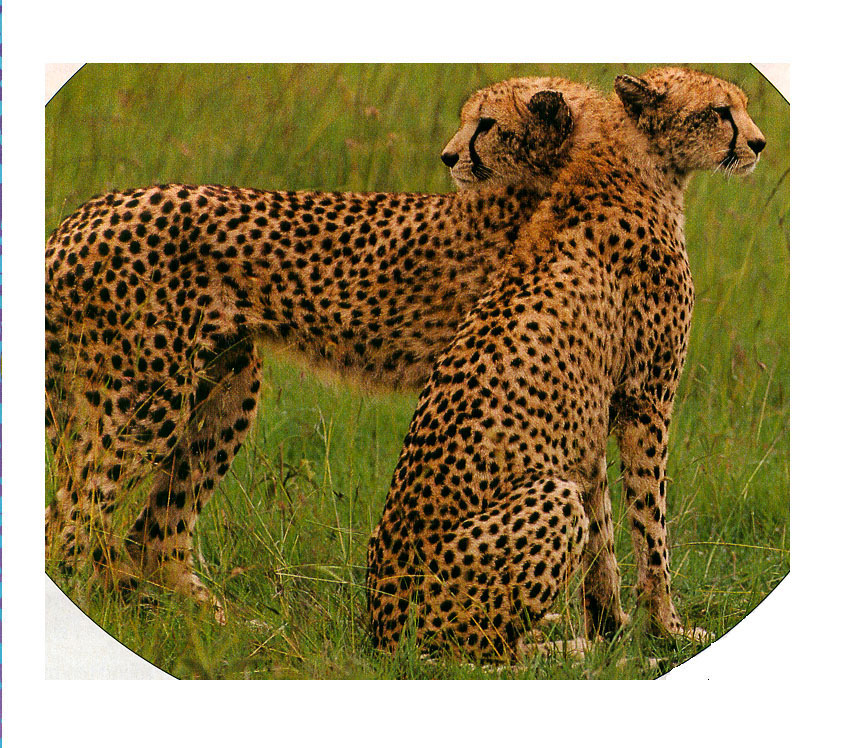
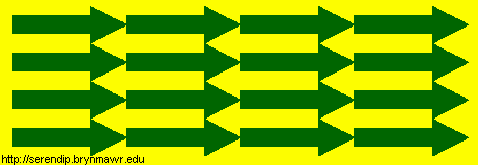
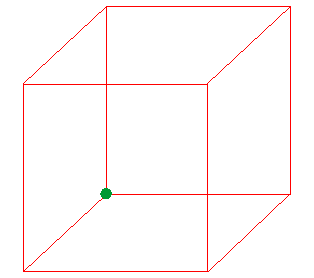
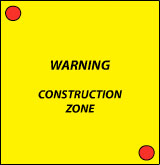
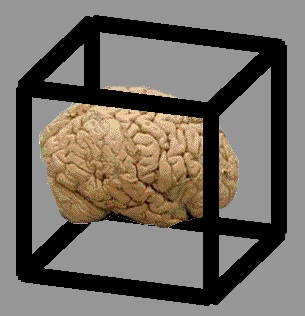


Comments
7/15 AM Session Observations
One question w/ too many responses and no answer...
RE: ambiguous figures, namely of Dr. Grobstein's photo of terrain, I 'get' the concept he is offering. I was seeking his clarification of whether the photo had been rotated, flipped, or both to achieve the second view. Initially he said yes, that it had been rotated, and then gave a + nod to it being flipped. I believe both actions have occured to produce the secondary view, which (in my opinion) is not a mirror image of the first.
...just opening the boxes to get it more right and less wrong...
education implications
As the story goes, what we see as teachers in a classroom needs to be questioned and tested by comparing what is percieved with others. Our brain's informed guess of "reality" being an approximation created by the cognitive unconsciousness interacts with other people in a social context.The need for self reflection as one teaches is an vital component of making meaning out of what we perrcieve in our students behavior. Finding time for this is important. So too is making time for sharing perspectives with other teachers.
The notion that we can always get it less wrong is freeing.
Post new comment